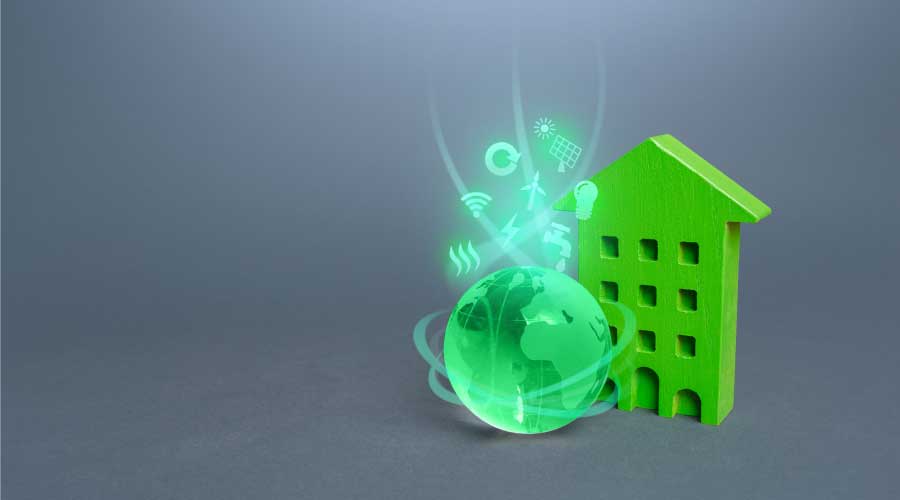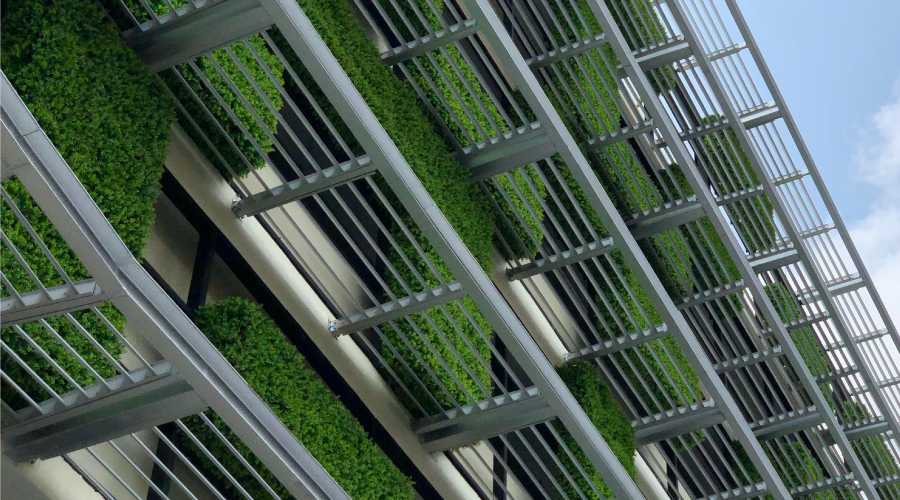Have Goals in Mind Before Installing Submeters
While managers can have submeters installed on most loads within a facility, they must first determine their goal. In buildings with multiple tenants and only a master meter, submetering allows managers to bill tenants for actual energy use, rather than billing on a square-foot basis.
In that case, all electrical feeds to each tenant would require submeters. Submetering would result in each individual tenant paying its fair share of the utility bill.
Master meters offer no incentive for tenants to reduce energy use. Submetering shifts the true energy cost of operations to each tenant, giving each an incentive to take steps to reduce energy use.
If the primary motivation behind the submetering program is to reduce energy costs, then it is best the program start small by installing meters on the facility’s biggest energy users — chillers, cooling towers, large-circulation pumps, and lighting systems. Managers can direct maintenance personnel to identify systems and components that are candidates for submetering. Some will be obvious, but some will not.
The key is to pick the systems that have the greatest likelihood for potential savings opportunities. Managers can give the highest priority to systems with known operating or efficiency issues because data collected from those systems allows managers to build the case for system replacement or upgrades.
Submetering also can help improve system reliability. Rarely does an individual component fail without warning. By measuring the current draw of individual pieces of equipment, submetering can detect changes in current draw, changes that often precede failure. It also can detect changes in distribution system voltages that might indicate trouble within the distribution system itself.
Related Topics:














